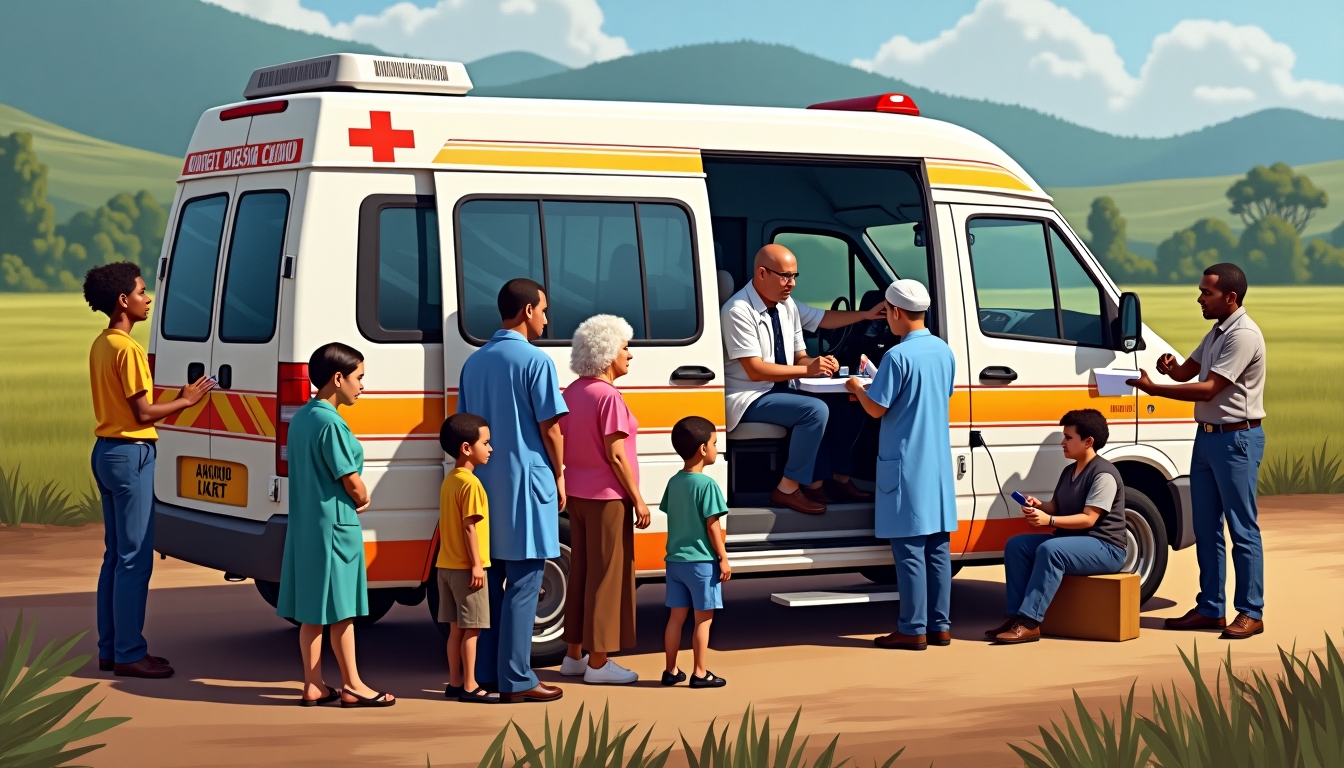Overview
Enhancing access to care for underserved populations is imperative for promoting health equity and family wellness. This article explores effective strategies and insights to improve community health outcomes.
Introduction
Access to health care is one of the determinants of a population's overall health. Unfortunately, many communities still face barriers that prevent them from receiving the care they need. The focus of this piece is to address these barriers with strategies that create a more inclusive and equitable health care system.
Understanding the Barriers
One significant hurdle is the limited availability of nearby healthcare facilities. In many rural and underserved urban areas, the distance to the nearest clinic can be insurmountable for families without reliable transportation. Additionally, language barriers often exclude non-English speaking communities from accessing care efficiently.
Another key barrier is the financial burden associated with health services. Without adequate insurance or financial assistance, many families forego necessary treatments or preventive measures.
Strategies to Enhance Access to Care
Improving access to care requires multi-faceted approaches. Here are several strategies that can make a substantial impact:
- Mobile Health Clinics
Mobile clinics bring medical services directly to underserved areas, reducing the need to travel long distances. By regularly visiting these communities, healthcare providers can offer routine check-ups, vaccinations, and emergency services at little to no cost.
- Telemedicine Services
With the advent of technology, telemedicine has become a viable alternative to traditional consultations. It allows patients to connect with healthcare providers through video calls, reducing the need to visit physical locations.
- Cultural Competency Training
Training healthcare providers in cultural competency and language skills can help bridge communication gaps. This ensures that all patients receive care in a language they understand and within a cultural context they are comfortable with.
- Community Health Workers
Employing community health workers (CHWs) from within the community helps build trust. They act as a bridge between the community and health services, providing education, support, and navigation of the healthcare system.
Family Wellness Focus
Ensuring that healthcare strategies address the family as a unit can lead to better outcomes.
- Support Groups and Workshops
Initiatives like support groups or workshops for chronic disease management, maternal health, and nutrition can empower families with the knowledge and support they need to maintain health.
- School-Based Health Clinics
By establishing clinics within schools, children can receive vaccines, check-ups, and acute care without burdening their family with travel or additional costs.
Measuring Success
The success of these strategies can be measured through various metrics:
- Increased Utilization of Services
More patients using available services often indicates improved access.
- Improved Health Outcomes
Decreases in chronic disease rates or improved maternal health are positive indicators.
- Patient Satisfaction Surveys
Feedback from community members can provide insights into areas that require further improvement.
Conclusion
While significant challenges remain, implementing these strategies can substantially improve access to care for underserved populations, promoting community health and family wellness. Through innovative solutions and community engagement, we can move closer to achieving health equity.
Recommended Readings
- "Bridging the Gap: The Role of Community Health Workers in Access to Care"
- "The Importance of Cultural Competency in Healthcare"
- "Telemedicine: The Future of Healthcare Accessibility"





Discuss Here